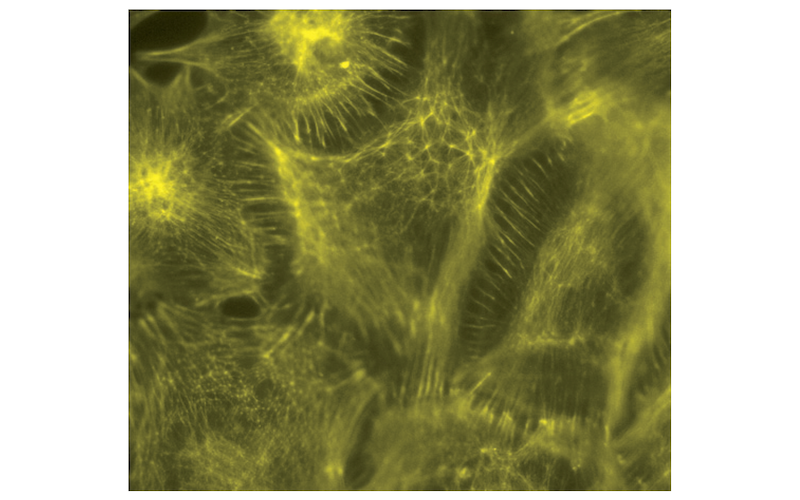
‘The mechanical disturbances in the tensional array is information about the layout of the body, its transformations, and its attachments. This information about tensional relationships is not transmitted to the brain but, rather, is detected by the ‘haptic perceptual system’ of which the brain is the central component’.
‘The Medium of Haptic Perception: A Tensegrity Hypothesis’ Turvey & Fonseca (2014)
This quote conveys the essence of an emergent way of thinking about haptic experience. Haptic experience encompasses objects attached to the body, the surfaces and substances adjoining the body and spatial perceptions of the body. The definition of haptic experience may also include kinaesthetic awareness and the neurobiological process of proprioception.

But how is haptic perception disclosed and construed? Haptic sensations arise through mechanical disturbances which cause temporary tissue deformation. But, which tissue and what medium? The Tensegrity Hypothesis offers exciting implications for haptic perception.
MEDIUMS OF PERCEPTION
Hearing, vision and smell are propagated in defined media – air and water. No equivalent medium has been linked to the reception and transmission of our haptic senses – much less a medium which encompasses all scales and systems of the body. Put another way, unlike hearing, vision and smell, haptic perception possesses no defined media or sense organ – that is to say no anatomical equivalent to the ear, eyes or nose!
A haptic perceptual organ would ideally permeate the entire body, transmitting, dissipating and distributing mechanical disturbances. This hypothetical organ or haptic perceptual system would require a medium equivalent to air or water. Ideally this medium would possess an adjustive-receptive architecture.
Turvey & Fonseca speculate that the illusive haptic medium may be the connective tissue scaffold of the body. As previously mentioned this scaffold is sometimes referred to as the organ of innerness. The organ of innerness, forms a continuous and mechanically responsive tensional network across all scales within the body – it envelops and permeates everything.
The proposition, that this ubiquitous material (connective tissue) is the haptic medium, is intuitively attractive because fibroblasts secrete ECM into every nook and cranny. There are no empty spaces. Every cell in the body is connected and mechanically linked to its neighbours. Furthermore, the internal cytoskeletal mechanics of each cell is linked to the mechanical state of the body as a whole. These ideas may sound familiar, we have discussed related notions from different perspectives in the previous posts.
FEATURED IMAGE:
Continuous tensional integrity in the actin cytoskeleton within and between living cells – visualised with florescent Alexa488-phalloidin. Unknown origin.
